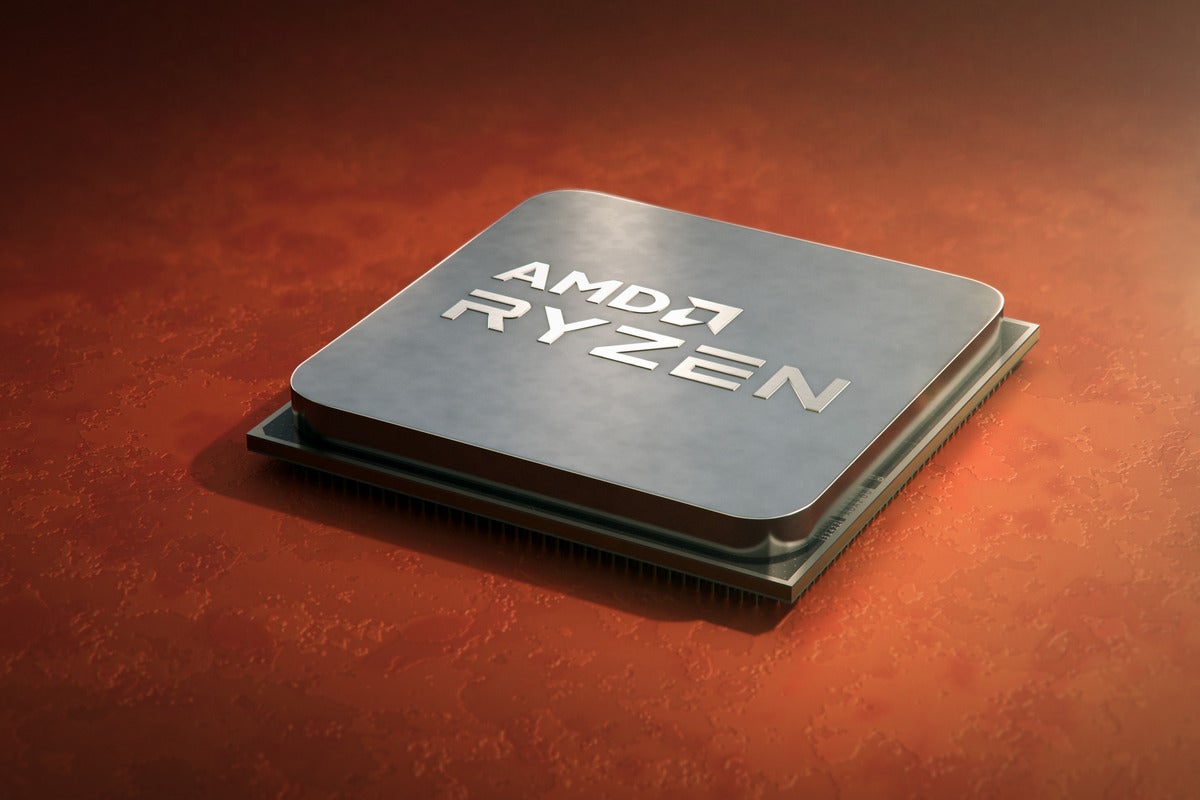[ad_1]

Are Ryzen 5000 chips failing? We looked into the original story and the issues around quality control at system vendors, and the problem may not be as bad as it initially appeared. Read on to learn more.
The kerfuffle kicked off on Sunday, when system builder PowerGPU Tweeted to its 222,000 followers: “The failure on the new AMD CPUs are still too high.” The company said that of the 320 Ryzen 5000-series CPUs it had received, 19 were “DOA” (dead on arrival), an eyebrow-raising six-percent failure rate. The company also said it had seen three to five failing B550- and X570-based motherboards a week.
HotHardware’s Paul Lilly initially covered the tweet, which became even more controversial when PowerGPU deleted the Tweet on Monday. PowerGPU then tweeted that “We just had a chat with AMD. We are going to work together testing out some CPUs and motherboards.”
PCWorld reached out to PowerGPU for comment, but we have not heard from the company. The company did, however, tell PCMag’s Michael Kan why it deleted the tweet. “I didn’t want fanboys from both sides just filling up our timeline,” the company told Kan. “The good thing is AMD does really care for our brand and they want to help us and make sure our business continues forward.” In his column, Kan noted he had personally experienced a bad Ryzen 5000 chip, which was eventually replaced after a hassle.
Should Ryzen customers be worried?
Ryzen customers were understandably worried after this news. PCWorld reached out to AMD, and officials told us this was an isolated incident.
“AMD is looking into a claim by a custom PC builder regarding higher-than-expected failure rates they are experiencing with Ryzen 5000 series desktop processors,” a spokesman said. “We are unaware of any similar issues at this time.”
PCWorld also contacted several system builders to see if they were having similar experiences. To give the vendors freedom to speak candidly, PCWorld agreed not to name the companies. All three vendors appear to sell more Ryzen-based systems than PowerGPU.com, so their sample sizes could be more indicative of how real the problem is.
Other system vendors: What problems?
The first vendor said it hasn’t seen any issues with its Ryzen-based systems. The company closely monitors its build line and RMAs (return merchandise authorizations). If a component surpasses a two-percent failure threshold, it’s immediately flagged.
A second vendor echoed the first. Nothing unusual has been reported on its quality control, RMA, and tech support lines related to Ryzen 5000 CPUs, it told PCWorld.
A third vendor provided even more information. The company said it isn’t seeing PowerGPU’s reported failure rates with its own systems. Interestingly, however, the vendor actually shared data indicating that Ryzen parts are failing the company’s internal quality screening at a higher rate compared to Intel chips—almost three times as high:
- Ryzen 5000 series fails at 2.9 percent.
- Ryzen 3000 series fails at 3 percent.
- ThreadRipper 3000 series fails at 2.5 percent.
For comparison, the company’ data on Intel chips:
- Intel 9th-gen fails at 0.9 percent.
- Intel 10th-gen fails at 1.2 percent.
Let’s define ‘fail.’ The vendor noted that like most PC vendors, it still ships more Intel-based CPUs than AMD-based CPUs. The sample size affects the data: If you bake one dozen cookies and one burns, that extra-crispy one’s going to stick out more than if you bake five dozen cookies and a few burn.
The third vendor torture-tests systems with fully loaded memory slots—even if they’re not eventually sold that way. The vendor also explained that its failed CPUs aren’t dead, as PowerGPU reported—they just don’t pass its requirements to run low-latency or high-frequency RAM fully loaded.
Interestingly, the third vendor also said there was no apparent rhyme or reason to CPUs that didn’t pass muster. For example, it found more Core i9-10900K chips passed its tests than Core i9-10850K chips, while the 64-core ThreadRipper 3990X had more success than the 32-core and 24-core versions. The third vendor said it wouldn’t describe its particular rejection rates as a “problem.”
Other sites: Same here
All of the companies PCWorld spoke with are based in the United States, but other media sites overseas reported similar non-issues.
Overclock3D.net’s Mark Campbell spoke with a UK PC builder who said it had seen no dead CPUs. “Our source claimed that they had experienced no DOA CPUs for the Ryzen 5000 series, a claim that either makes PowerGPU incredibly unlucky or our source incredibly fortunate,” Overclock3D.net said.
Australia’s popular YouTube channel Hardware Unboxed said it spoke with a popular local retailer. “…I’ve been told the failure rate for each part is normal and under 2%…”
One last report comes from Kitiguru.net’s Joao Silva, who cited RMAs from European store Mindfactory. The Ryzen 9 5950X rate was 0.77 percent; Ryzen 9 5900X, under 0.37 percent; Ryzen 7 5800X, 0.58 percent ; and Ryzen 5 5600X, 0.5 percent.
What you should believe
Based on the three vendors we spoke with, as well as reports from other sites, PowerGPU.com’s problem appears to be an anomaly. We don’t know what the situation was at that vendor, but it’s entirely possible it rolled snake eyes on some chips, which could be due to a number of unknown things.
Hopefully PowerGPU.com will post additional information on what caused its failure rates. For now, you can worry more about whether you can even buy a Ryzen 5000 CPU, rather than whether it’s bad.
More stories
How to snag a Ryzen 5000 CPU at a fair price
Ryzen 5000 review: The best consumer CPU we’ve tested
Should you buy a gaming laptop or a gaming desktop?
[ad_2]
Source link